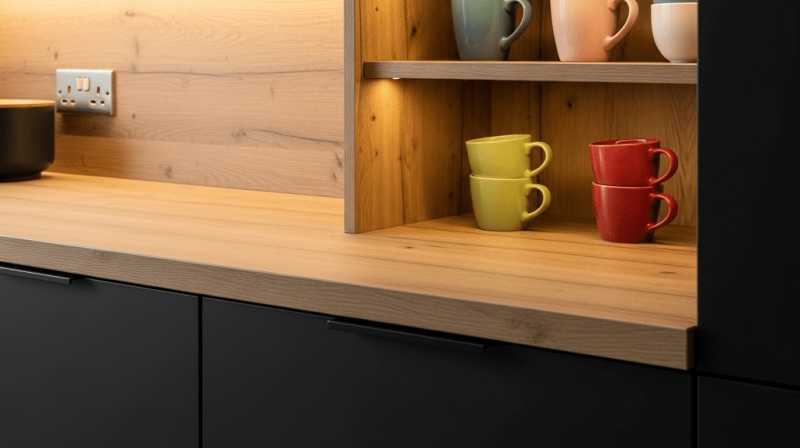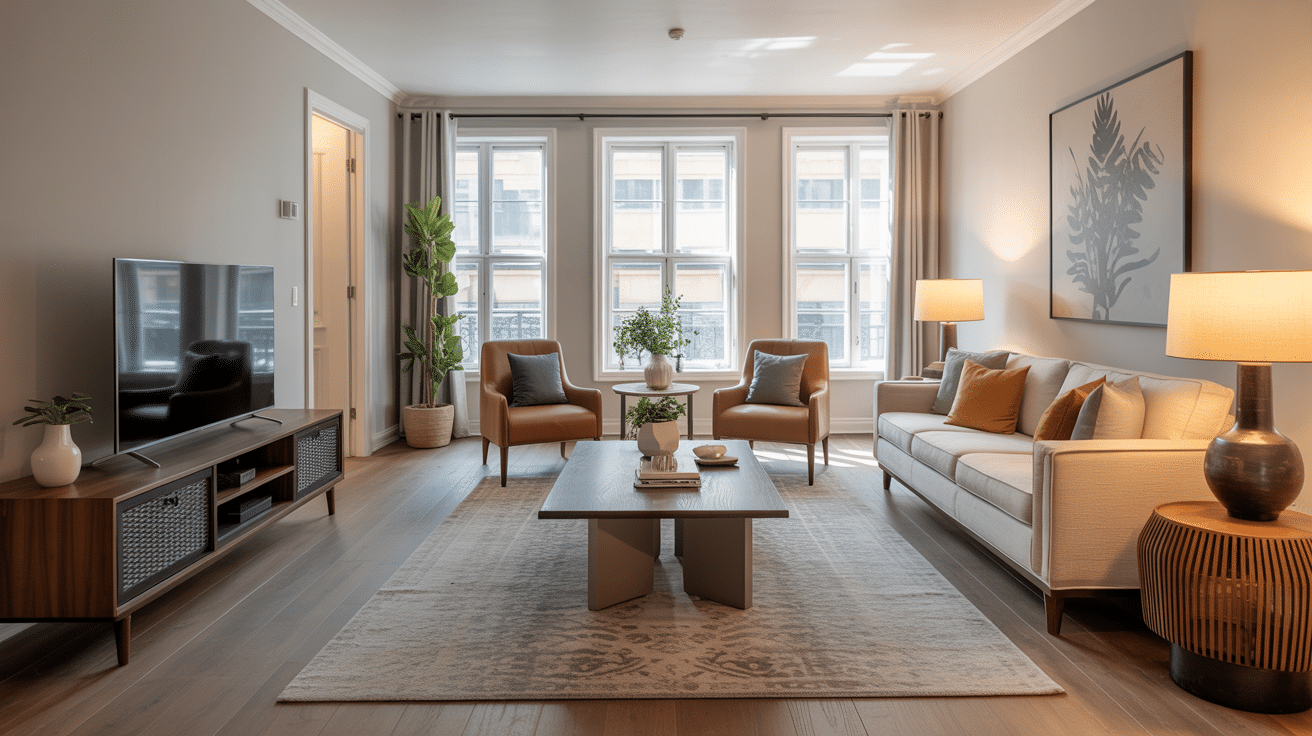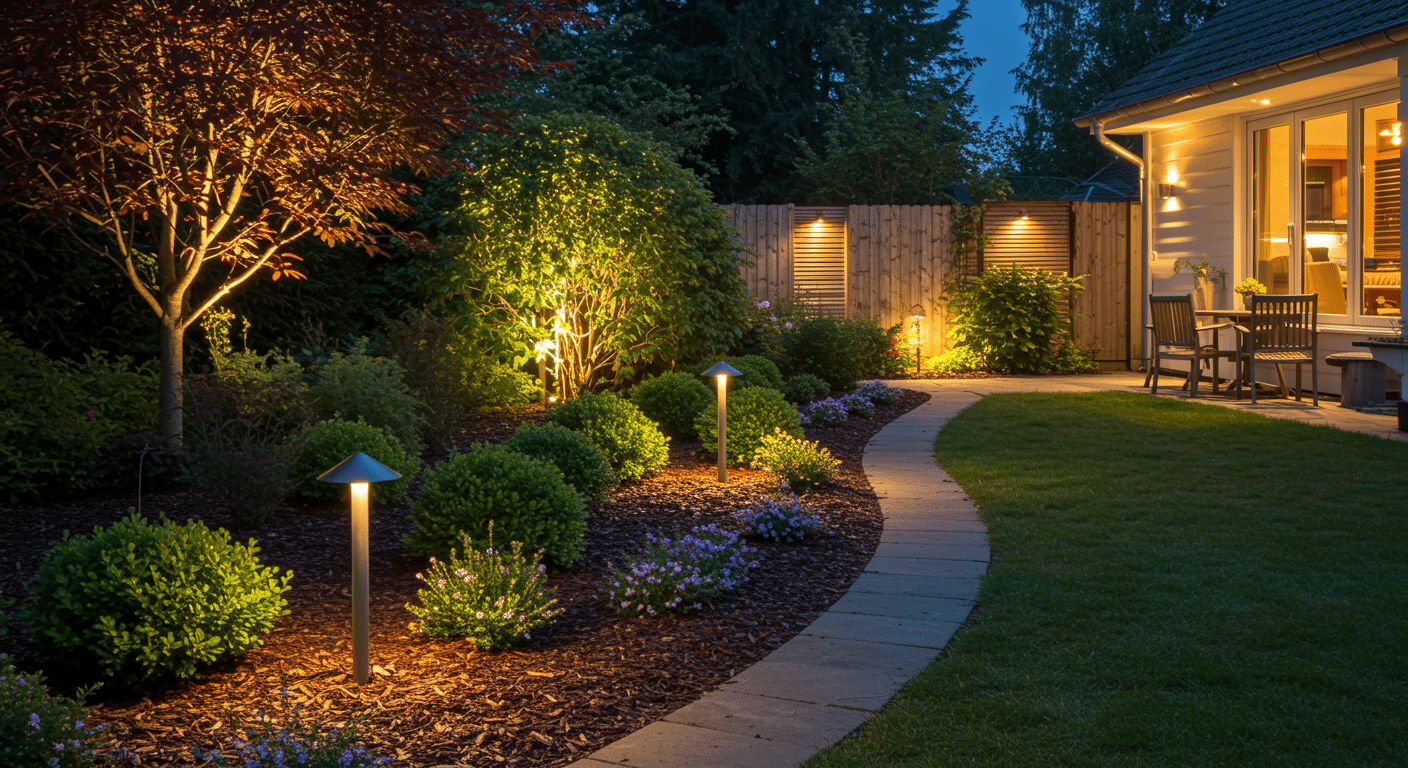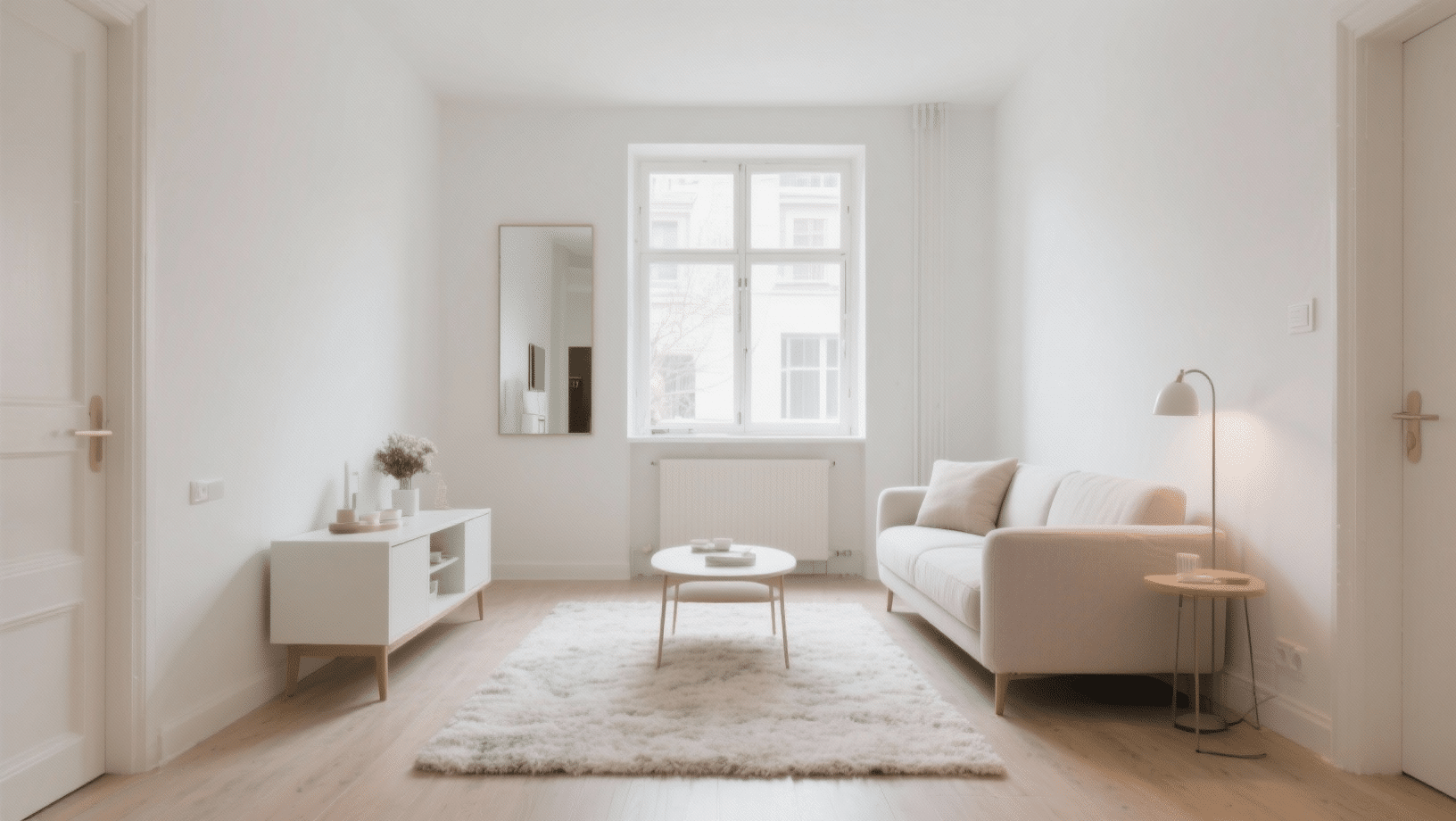Are your cabinet doors sagging, paint peeling, or hinges squeaking, no matter how much WD-40 you spray? I’ve been there. Sometimes a quick fix just won’t cut it anymore, and you’re staring at a full replacement project.
Here’s the thing about kitchen cabinet replacement cost: it’s not a one-size-fits-all number. Your choices make all the difference.
I’ve put together this complete breakdown to help you find every factor that affects your kitchen cabinet replacement cost.
You’ll get real numbers, smart budgeting tips, and everything you need to plan your project without any nasty surprises. Let’s start.
Rethink or Replace: What’s the Real Need?
Before you start calculating kitchen cabinet replacement cost, let’s figure out if you actually need new cabinets. Sometimes what feels like a major problem has a simple fix.
When Repairs Make Sense
Not every cabinet crisis requires a complete overhaul. If your cabinets are structurally sound but looking tired, you might save thousands:
Minor cosmetic issues like scratches, small dents, or worn finishes can be sanded and repainted for under $500. I’ve seen complete kitchen transformations with just fresh paint and new hardware.
Hardware problems are usually easy fixes. Loose hinges, sticky drawers, or broken handles typically cost $50-200 to repair. Even replacing all hardware runs maybe $300-800 total.
Surface damage like water stains or minor warping can often be fixed with wood filler and refinishing for $200-1,000.
When Replacement Is the Smarter Move
Skip the repairs and go straight to replacement when:
Structural damage is present. If cabinets are sagging, rotting, or falling apart, repairs won’t last. You’ll spend money twice.
Outdated layouts make your kitchen dysfunctional. If you can’t reach storage or your workflow is terrible, new cabinets designed for your space add real daily value.
Home value matters. If you’re selling soon, modern cabinets can boost your home’s value more than their replacement cost. Old cabinets actually hurt resale value.
Budgeting Basics: What Factors Affect the Total Cost?
Understanding kitchen cabinet replacement cost means looking at the bigger picture. Several factors can make your final bill swing dramatically. Let me break down what really drives the numbers.
| Cost Factor | Low End | Mid Range | High End |
|---|---|---|---|
| Cabinet Type | $1,000 (RTA) | $8,000 (Semi-custom) | $30,000+ (Custom) |
| Kitchen Size | $3,000 (Small, 10 linear ft) | $8,000 (Medium, 20 linear ft) | $15,000+ (Large, 30+ linear ft) |
| Material & Hardware | $500 (Basic MDF) | $2,000 (Plywood + upgrades) | $5,000+ (Premium materials) |
| Labor & Installation | $1,200 (Simple install) | $3,500 (Standard complexity) | $6,000+ (Complex/high-cost area) |
| Demo & Disposal | $300 (DIY demo) | $800 (Professional demo) | $1,500+ (Complex removal) |
| Total Project Range | $6,000 | $22,300 | $57,500+ |
How Much Do Different Cabinet Types Cost?
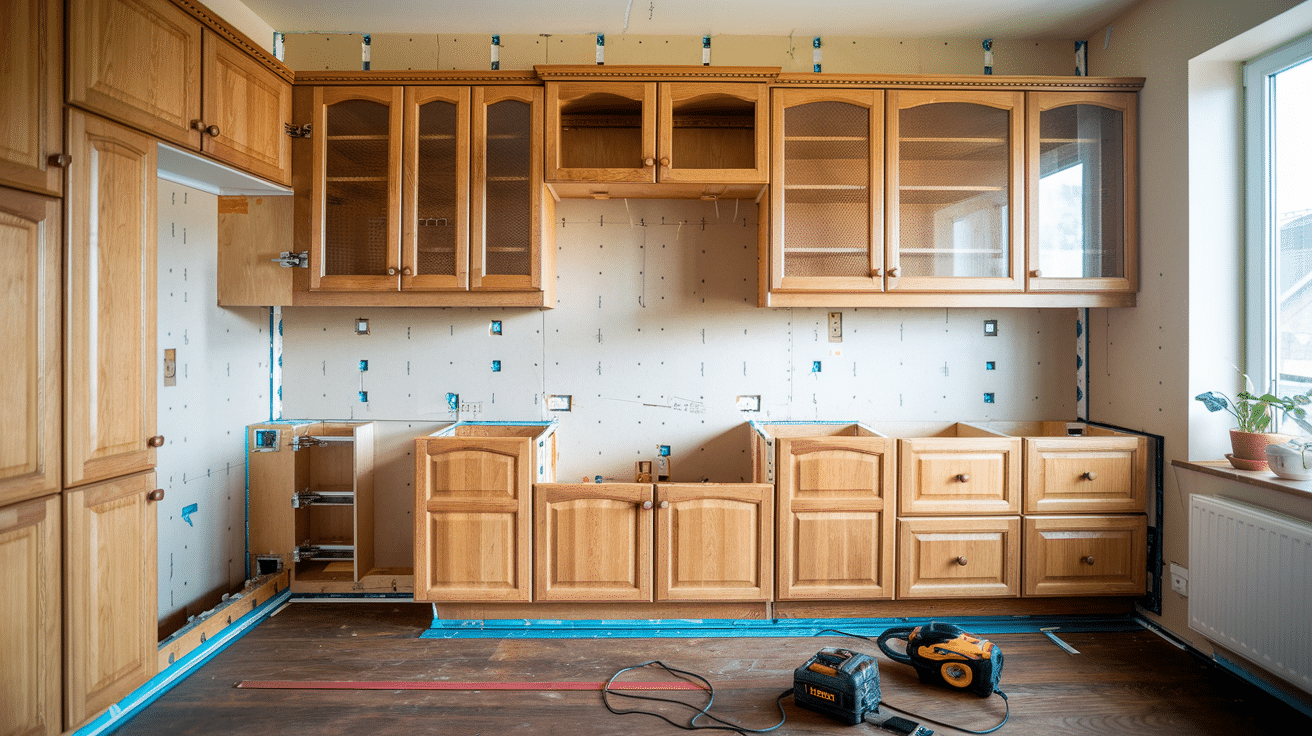
When I’m helping people understand kitchen cabinet replacement cost, the cabinet type you choose makes the biggest difference in your final bill.
Let me walk you through each option so you know exactly what you’re getting for your money.
Ready-to-Assemble (RTA) Cabinets: $1,000 – $8,000
These are your most budget-friendly option.
RTA cabinets come in flat-pack boxes that you assemble yourself, think IKEA but for kitchens. Most are made from MDF or plywood and offer decent quality for the price.
The catch? You’ll spend weekends with an Allen wrench, and installation can be tricky if you’re not handy. But if you’re comfortable with DIY projects, this route can cut your cabinet replacement cost dramatically.
Stock Cabinets: $1,500 – $5,000
Stock cabinets are pre-made in standard sizes and finishes. You can walk into Home Depot or Lowe’s and take them home the same day. They offer better quality than RTA and come fully assembled.
The downside is limited customization – you’re stuck with whatever sizes and styles they have in stock. If your kitchen has unusual dimensions, you might end up with awkward gaps or need filler pieces.
Semi-Custom Cabinets: $3,000 – $12,000+
This is where things get interesting. Semi-custom cabinets let you modify sizes, choose from more door styles, and pick different materials. You’re not starting from scratch, but you can tweak things to fit your space better.
I often recommend this middle ground because you get customization without the full custom price tag. Lead times are usually 4-8 weeks, which is reasonable for most projects.
Custom Cabinets: $5,000 – $30,000+
Custom cabinets are built specifically for your kitchen by skilled craftspeople. Unlimited design possibilities, premium materials, and a perfect fit – but you’ll pay for it. These can easily represent 60-70% of your total kitchen cabinet replacement cost.
The timeline is longer too – expect 8-16 weeks for delivery. But if you have an unusual layout or want something truly unique, custom might be your only option.
Bottom line: Your choice here sets the foundation for everything else. Choose based on your budget, timeline, and how much customization matters to you.
Smart Cost Strategies to Save Without Sacrificing Quality
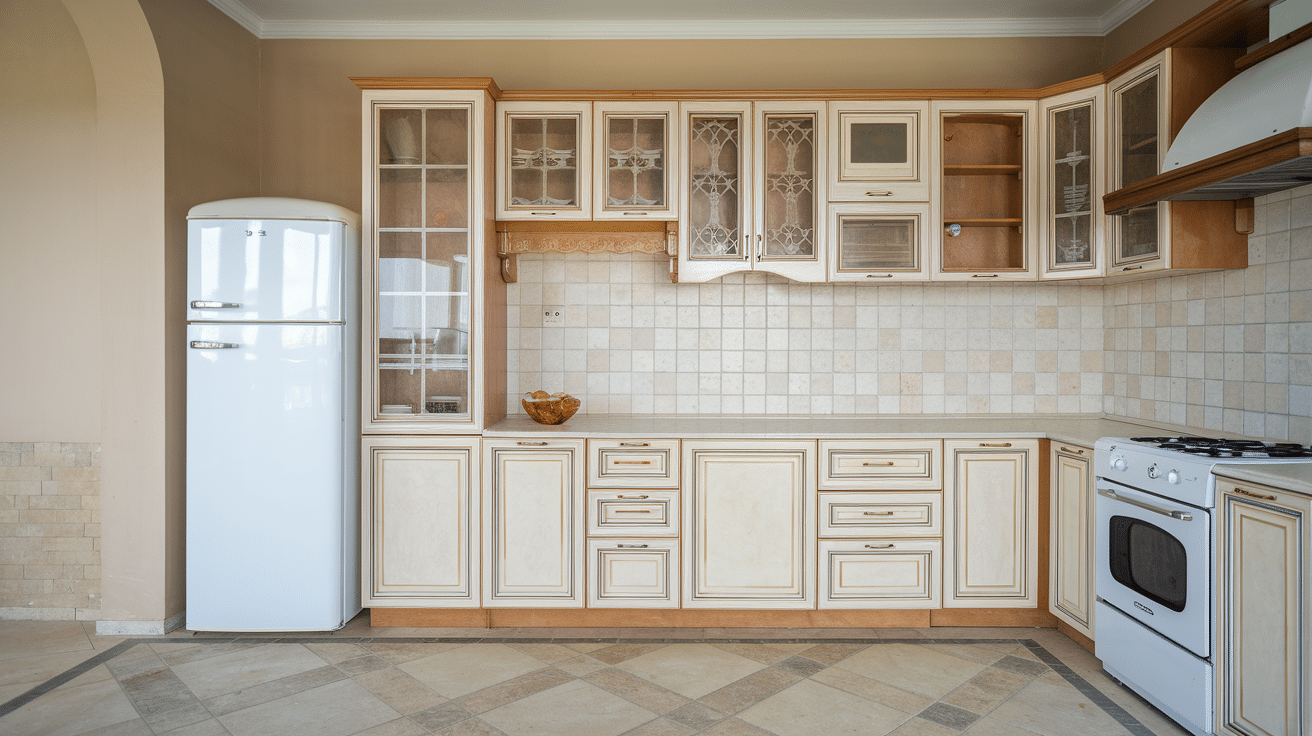
I’ve helped countless homeowners slash their cabinet replacement cost without cutting corners on quality. The key is being strategic about where you splurge and where you save.
Here are the key cost-saving strategies condensed into fewer, compact points:
1. Smart Shopping Timing & Sources Shop during slow seasons (January-February) for 20-30% discounts. Buy hardware online instead of through cabinet companies to avoid 200-300% markups. Get quotes from local cabinet makers who often beat big box prices.
2. Mix Cabinet Quality Strategically Use custom cabinets only where visible and stock cabinets in hidden areas behind appliances. Consider ready-to-assemble options for pantries and utility rooms.
3. Keep Your Current Layout Avoid moving plumbing and electrical lines, which adds $2,000-5,000 instantly. Stick to standard cabinet sizes to prevent 25-40% upcharges.
4. Choose Semi-Custom Over Full Custom Get 80% of the customization benefits for just 50% of the cost compared to fully custom options.
5. Bundle Purchases & DIY Demo Negotiate package deals for cabinets, countertops, and installation to save 10-15%. Handle demolition yourself to cut $800-1,500 from total costs.
6. Refinish What You Can Keep and refresh existing pieces like islands if they’re in good condition. Choose painted finishes over stained ones – they cost less and hide wood imperfections better.
These strategies can easily save you $3,000-8,000 without anyone knowing you cut costs.
Key Takeaway
Planning your kitchen cabinet replacement cost upfront saves you from budget surprises later.
I’ve seen too many homeowners get halfway through projects and realize they’re overspending on the wrong things.
The smart move? Prioritize what matters most to your daily life, then allocate your budget accordingly. Maybe that’s soft-close drawers over fancy wood species, or semi-custom sizing over fully custom details.
Replacing your kitchen cabinets can be a strategic upgrade; know your options, plan smart, and invest wisely.


